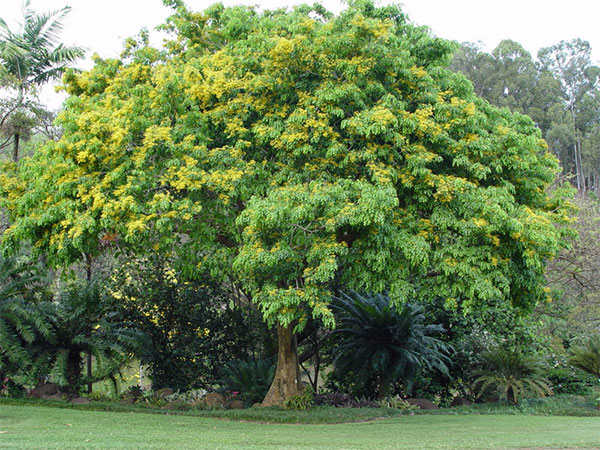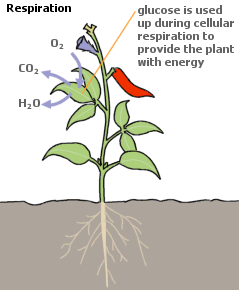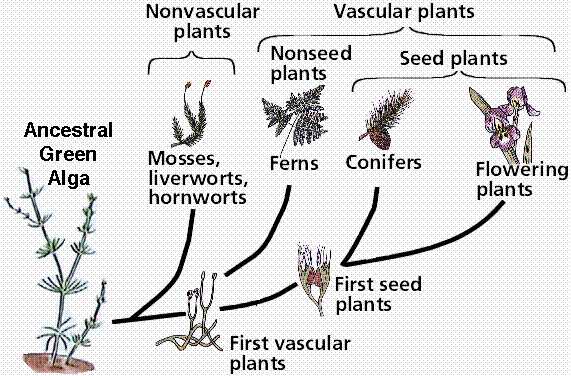



Plants, also called green plants (Viridiplantae in Latin), are living multicellular organisms of the kingdom Plantae. They form aclade that includes the flowering plants, conifers and other gymnosperms, ferns, clubmosses, hornworts, liverworts and mosses, as well as, depending on definition, the green algae. Plants exclude the red and brown seaweeds such as kelp, the fungi, Archaea andbacteria.

The process by which plants make food is called "photosynthesis". The word "photosynthesis" is made up of two words: 1. "photo" = light 2. "synthesis" = putting together Plants take in carbon dioxide from the air and water from the soil; put them together (in the presence of light energy and chlorophyll) to produce sugar (glucose) and oxygen. Chlorophyll is the green pigment found in plants. Both chlorophyll and light energy need to be present for photosynthesis to take place, but they are not used up in the process. Thus, the process of photosynthesis can be represented as follows:

Some of the sugar produced during photosynthesis is used by the plant for its life processes (such as growing and reproducing); the excess is converted mainly to starch and stored in various plant parts which may be used as food by animals and humans.

Aerobic respiration occurs in the opposite direction as photosynthesis. So in plants, photosynthesis is building up sugars at the same time as respiration is using them up. During the daytime photosynthesis occurs more quickly than does respiration. However, during the night photosynthesis stops and respiration carries on.
It is not just animals that respire – plants carry out respiration as well. Plants respire all the time because their cells need energy to stay alive, but plants can only photosynthesise when they are in the light.

Plants are classified in several different ways, and the further away from the garden we get, the more the name indicates a plant's relationship to other plants, and tells us about its place in the plant world rather than in the garden. Usually, only the Family, Genus and species are of concern to the gardener, but we sometimes include subspecies, variety or cultivar to identify a particular plant. (Read More...)

All are many celled. Most contain the green pigment chlorophyll. All have cell walls to provide structure. Most do not move around. All are made up of eukaryotic cells (have a membrane and nucleus). Found in nearly every environment on earth. About 285,000 plant species have been identified and scientist believe many have not yet been found. (Read More...)